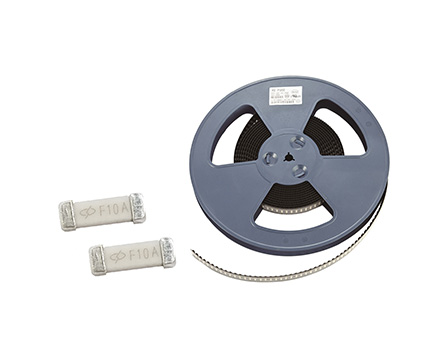
Selecting the appropriate current fuse is crucial for the safety and efficient operation of an electrical system. Firstly, one must consider the rated current of the circuit. The rated current of the fuse should be slightly higher than the normal operating current of the circuit. For example, if a circuit typically operates at 5 amperes, a fuse with a rated current of around 5 - 7 amperes might be suitable. However, it should not be too high, as this may lead to a situation where the fuse does not blow when it should during an overload or short - circuit.
Secondly, the voltage rating of the fuse needs to match the circuit voltage. Using a fuse with a lower voltage rating than the circuit can be dangerous, as it may not be able to handle the electrical stress when the circuit is operating.
The type of application also affects the fuse selection. For example, in a circuit with high inrush currents, such as those in some motor - starting circuits, a slow - blow fuse may be required. Slow - blow fuses can tolerate short - term high - current surges without blowing immediately.
Another factor is the ambient temperature. In a high - temperature environment, the fuse may operate differently. The current - carrying capacity of the fuse may decrease as the temperature rises. So, in such cases, appropriate derating of the fuse's current - carrying capacity should be considered.
Finally, the physical size and packaging of the fuse may also be important, depending on the available space in the circuit or device where it will be installed.
Read recommendations:
Selection of fuse type.motorcycle fuse box waterproof
automotive blade fuse dimensions.How to choose a suitable fuse?